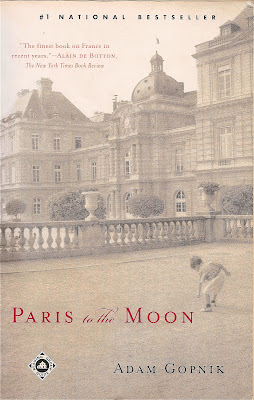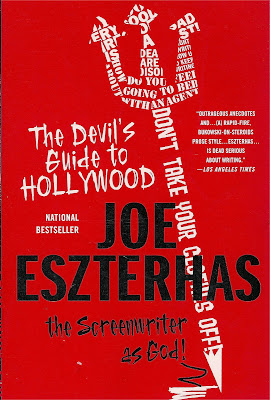Adam Gopnik, Paris to the Moon, New York: Random House; 2000), 338 pages
In 1995, writer for The New Yorker Adam Gopnik moved form New York to Paris. While in Paris, he continued to write for The New Yorker, principally about Parisian life. This book is a compilation of a number of essays written for The New Yorker. The book's chapters are loosely chronological and based on a particular subject such as strikes, Christmas, sports, culture shock, world cup football (or soccer), food, famous chefs, and famous places to eat. All of these topics, presumably, were important to Gopnik and his New Yorker reading audience.
If you are the type of person person who likes to read The New Yorker, likes Paris, or read glowing book reviews/essays in The New York Times, San Francisco Chronicle or Chicago Sun-Times, then you'll probably enjoy this book. You'll probably empathize with the wealthy white guy problems Gopnik encounters when he moves to a predominantly white country where he speaks the local language and has to deal with the daily struggles of finding the authentic Parisian cafe or bistro. Sure, this is a well written book that nicely deals with Gopnik's wealthy white guy problems, but that is the problem: the book is too much about Gopnik and his culture shock. According to Gopnik, Paris is different to New York. Who would have thought it! Big deal! I'm not surprised. I bet New York is different too. Some of us haven't been there either. The flaw with this book is that Gopnik is the focus of the book. We read of how Paris affects him and his family. This super-narcissism detracts from the book. We readers would have been better served if Gopnik wrote more about Paris and France while he and his feelings melted into the background. If you are a New Yorker who likes reading books about Paris, you'll probably get something out of this book, but for the rest of you, given the author's east-cost super narcissism and his preoccupation with rich white guy problems, you'll probably find better value elsewhere.




